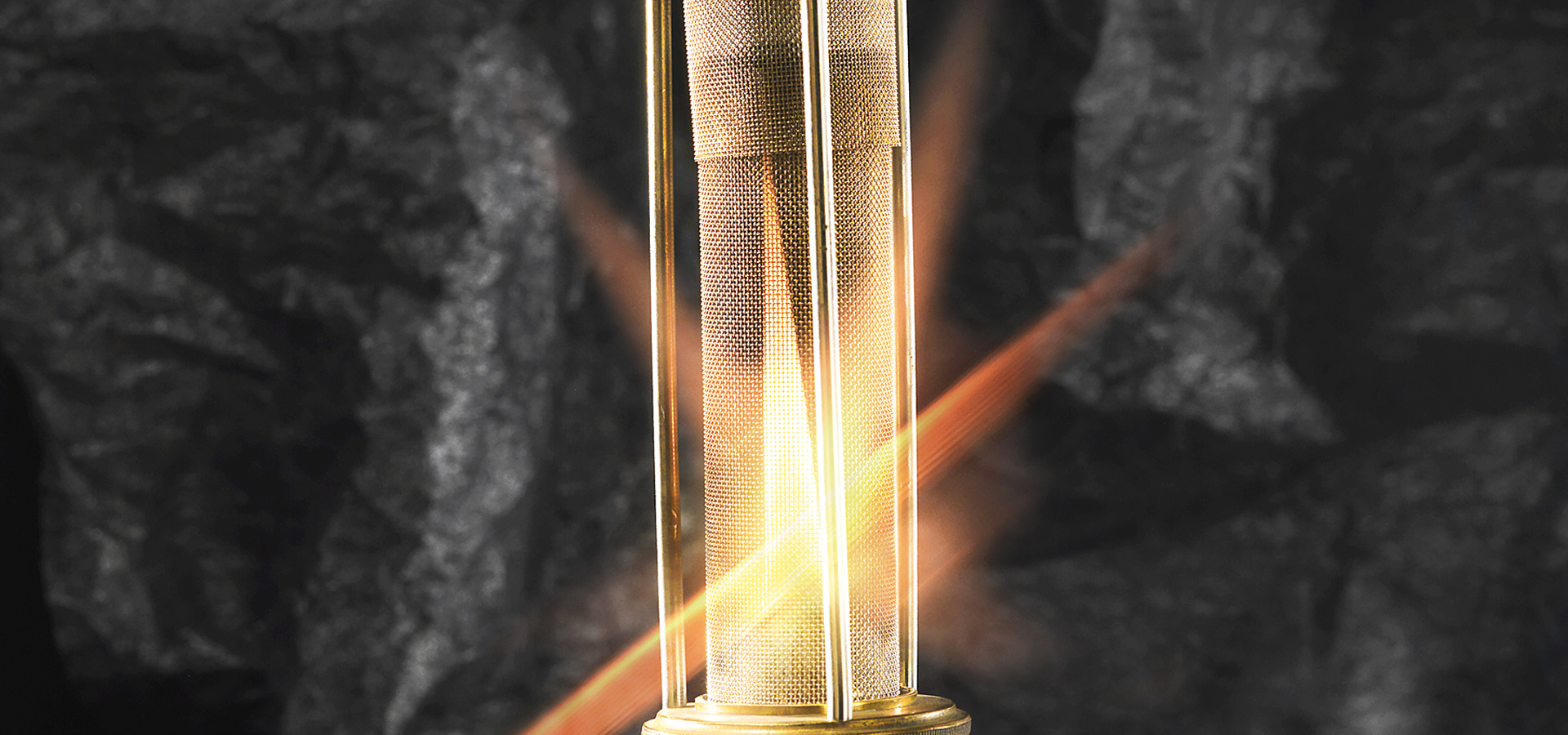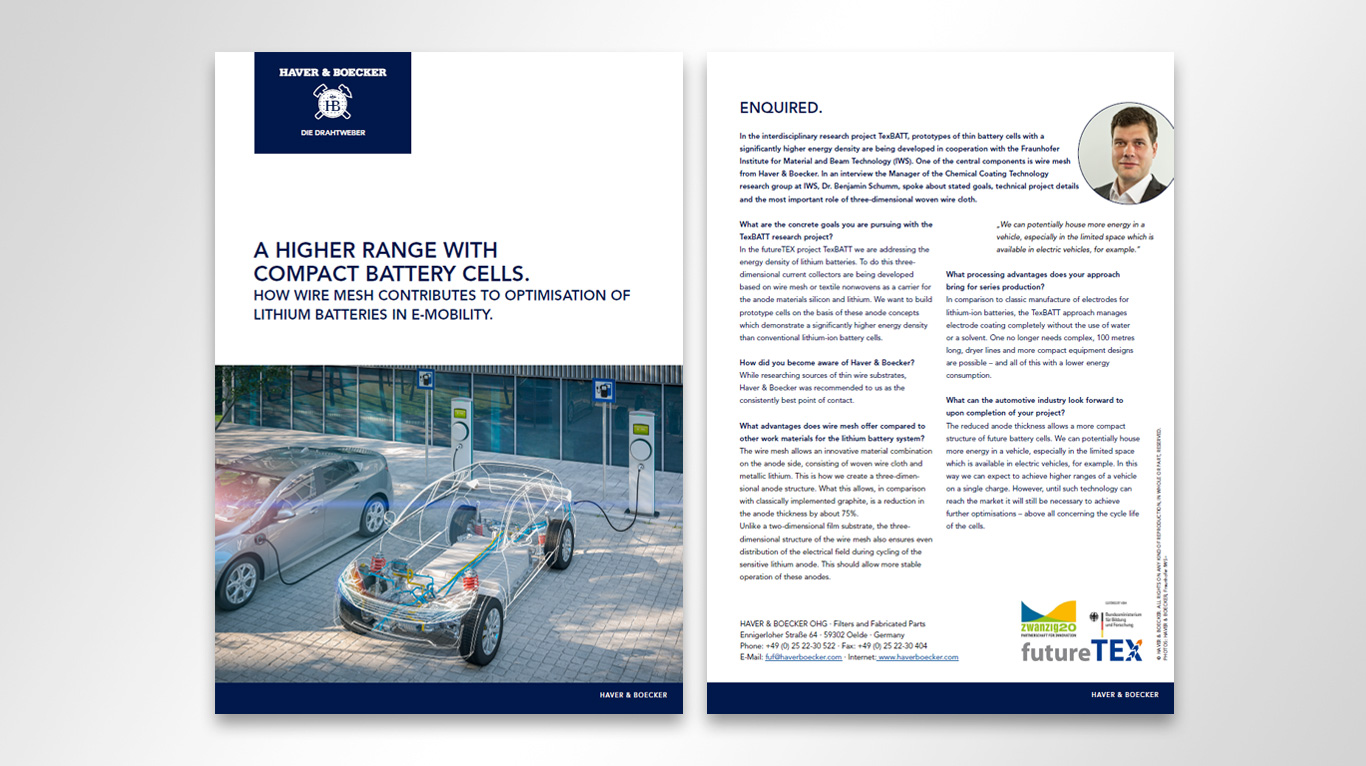Highly protective small wire mesh pressed parts
How wire mesh contributes towards providing explosion protection for electric cars
A situation everyone is familiar with: when a circuit breaker is tripped at home, you go to the fusebox, flip the RCD circuit breaker and your electricity returns.
When it comes to electric mobility, however, it's not quite so simple. Due to significantly higher voltages and currents, switches must have certain properties in order to ensure safe conditions in the automobile.
The challenge
In the event of a short circuit, the electrical switching devices in high-current devices are automatically actuated. Every actuation generates an arc (spark), which must be safely discharged in what is known as an arc chute. At the same time, each actuation leads to ionisation of the air. If this occurs frequently and in quick succession, harmless air can become an explosive gas mixture. This is precisely what must be prevented.
The solution
Together with our customer, we have developed a pellet made of multi-layer wire mesh that makes an exchange of air possible in the arc chute - in physics, this is referred to as free convection.
Thanks to the wire mesh, the ionised air created by the short circuit is allowed to escape to the outside and regenerate itself over and over and thereby prevent the creation of combustible mixtures. At the same time, the mass and stability of the multi-layer mesh ensures that the arc is safely discharged and does not penetrate to the outside.
Structure and mesh details
The pressed parts are produced in a punching process and have a gas-tight compressed edge. The layer structure is defined and calculated individually for the specific application in the electrical switchgear. This enables us to ensure that the component retains all contaminants up to a pre-specified particle size and, at the same time, has a precisely defined flow rate that permits free convection.
In order to avoid developing individual, multi-layer mesh fabricated parts based on the principle of trial-and-error, we at Haver & Boecker introduced CFD analyses (Computational Fluid Dynamics) several years ago, which allows us to model the layer structure and generate a simulation of the physical properties of the modelling. We are thus able to assess in advance which types of mesh are suitable for specific applications.





















![[Translate to English:] Fachbereich Filter und Formteile](/fileadmin/HaverBoecker/DieDrahtweber/01_graphic/Profilbilder/Profilbild-FuF.png)